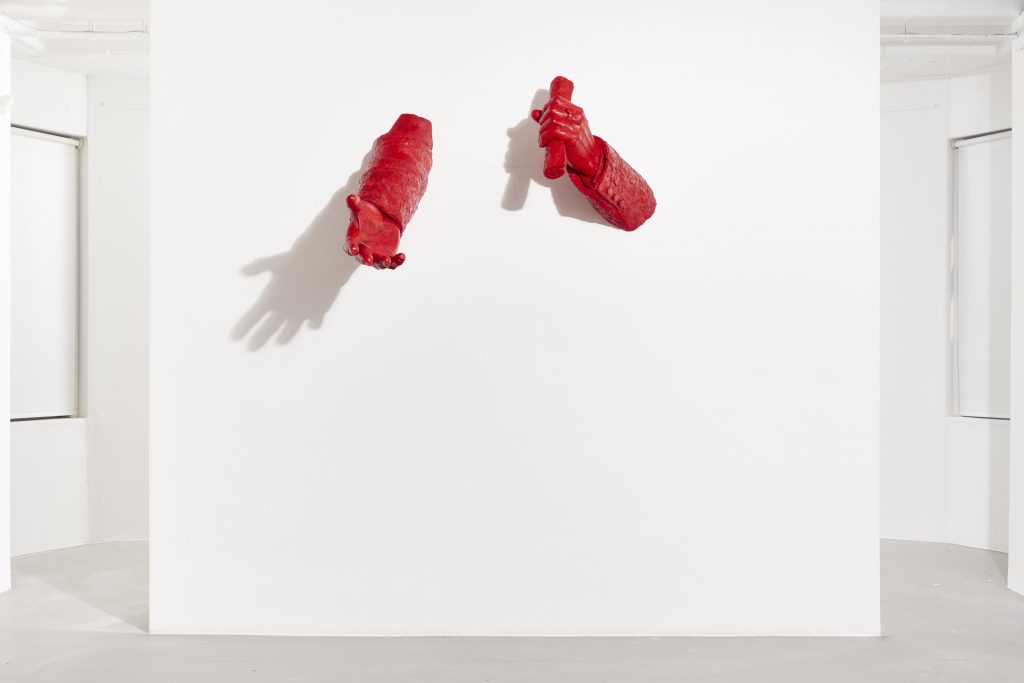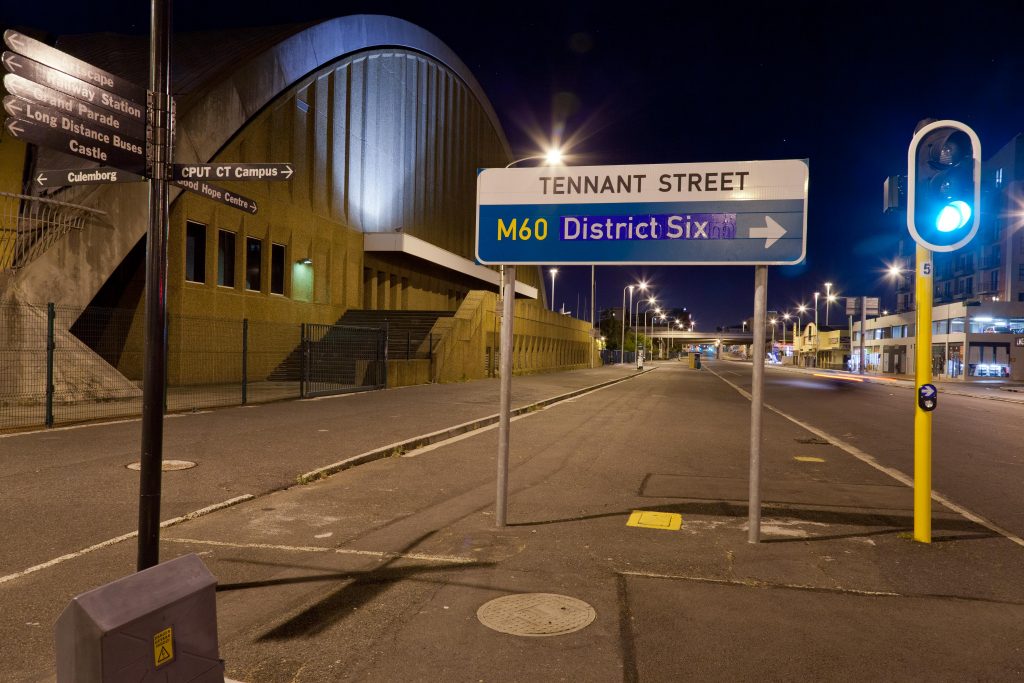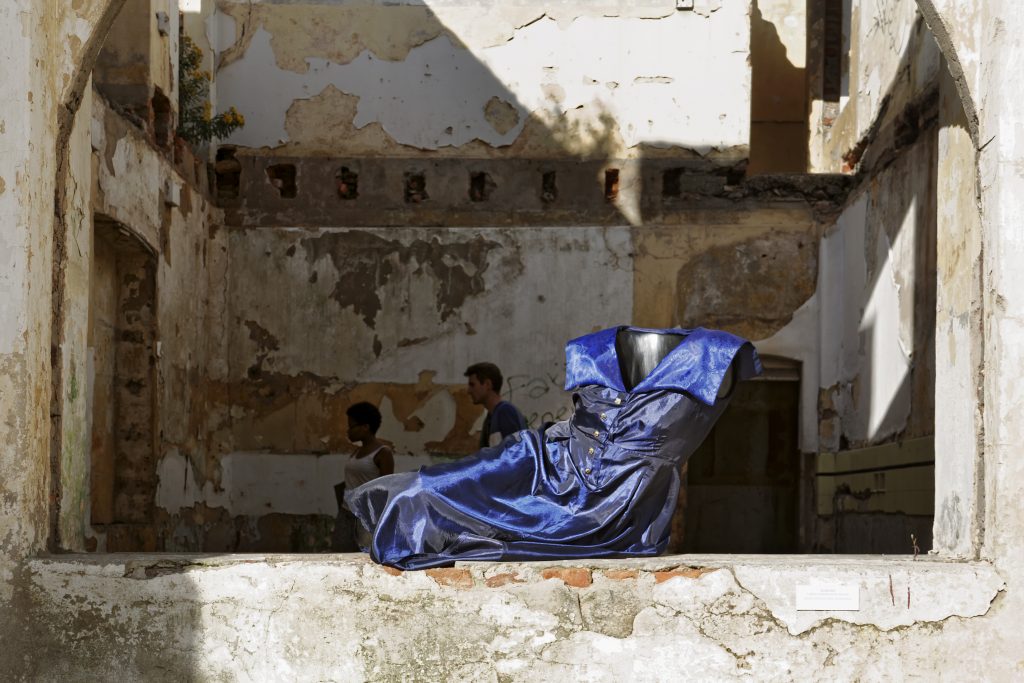Haroon Gunn-Salie
South Africa
Bio
Haroon Gunn-Salie was born in Cape Town, South Africa in 1989, where he continues to live and work.
Gunn-Salie completed his BA Honours degree in sculpture at the Michaelis School of Fine Art at the University of Cape Town in 2012. His graduate exhibition, entitled Witness, presented a site-specific body of work focusing on unresolved issues of forced removals under apartheid. The artist worked with former residents of District Six, an area in central Cape Town, where widespread forced removals occurred following the Group Areas Act of 1950.
Significant exhibitions and projects that have featured Gunn-Salie’s work include Simon Castets and Hans Ulrich Obrist’s 89-plus project. He participated in the 89plus programme with Obrist at the 2014 Design Indaba in Cape Town. Another body of work, Making Africa: A Continent of Contemporary Design, travelled to the Vitra Design Museum and Guggenheim Museum, Bilbao in 2015. What Remains is Tomorrow was part of the South African Pavilion at La Biennale di Venezia in 2015 and the 19º Festival de Arte Contemporânea Sesc Videobrasil (2015).
Gunn-Salie was placed in the top five of the Sasol New Signatures competition in 2013. At the 19º Festival de Arte Contemporânea Sesc Videobrasil in 2015 he was awarded the first ever SP-Arte/Videobrasil prize, designed to encourage and publicise the work of young artists whose lines of research focused on the debate surrounding the global south. As part of the award, Gunn-Salie presented a solo exhibition at Galpão VB during the SP-Arte fair in São Paulo in 2016. In 2018, the artist’s work commemorating the Marikana Massacre, Senzenina, formed part of the Frieze Sculpture exhibition in London, and in the same year he was the recipient of the FNB Art Prize.




